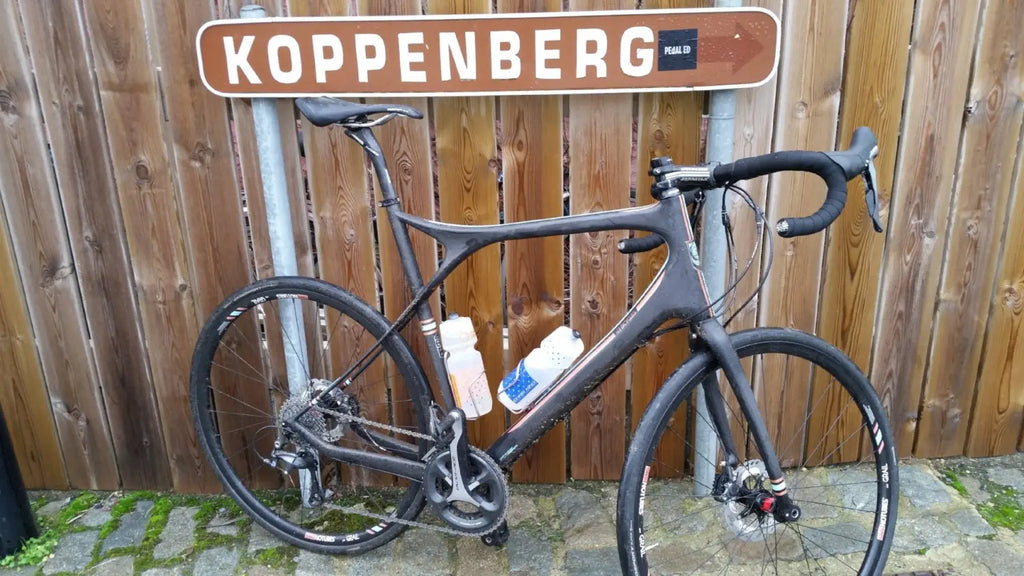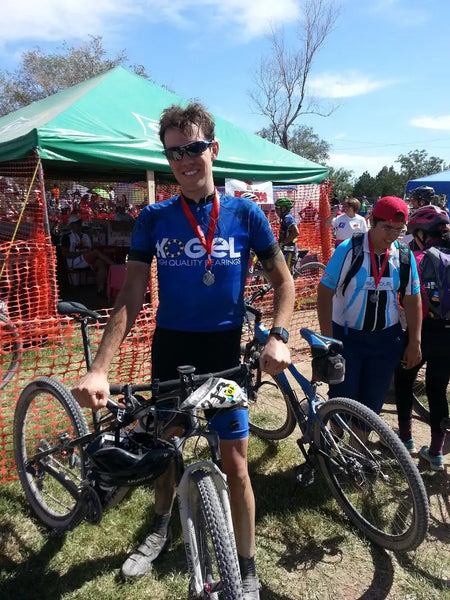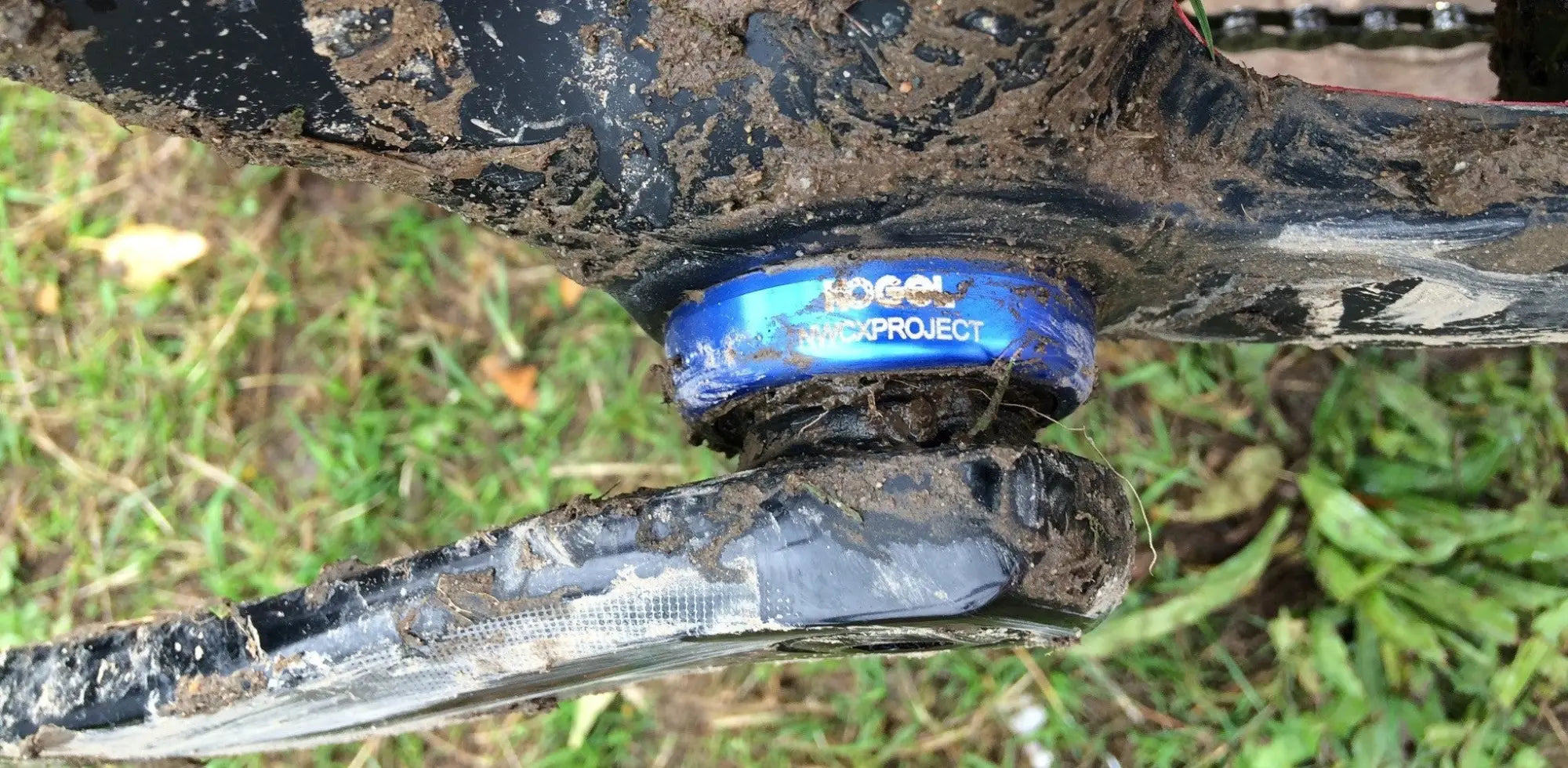"How many watts does this ceramic bearing save?" If I got a dollar for every time I heard this question, I could buy a UCI team and use it as a rich man's toy.
While saving friction from your drive train could be the most obvious reason for buying premium ball bearings, there is a law of diminishing returns. Low friction: good! Lower friction: better! Unless lower friction is achieved by removing the lubrication from your bearings and the internals are ground to dust after a hundred miles.
When I was a mechanic in my bike shop in Belgium, I faced the dilemma of making every part of the bike run as light as possible but at the same time build it to resist the elements. It rains on most Sundays in Flanders. The locals will go out, regardless of the conditions. That Pinarello Dogma with the 5 digit price tag that just left the shop? It's going to be back here next week, looking like it was raced in Koppenberg cross.

- Technically, it is still a road ride, right?
As a result, I ended up installing many weight weenie headsets on fancy bikes and then packing them with a handful of marine grade grease. For every customer I had to figure out their personal riding style: fair weather rider? A true Flandrien that will ride, come hell or high water? Same guy as the previous, but this guy has a sun and a rain bike? It was like juggling all my jars of different grease types. I loved the challenge!
When we started Kogel Bearings and had to decide some ground rules, the first thing was to build the best quality bearings for bicycles. Step two was realizing that these bearings would need to be used in different applications. This is where our Road and Cross bearings were born.
Time trialists are typically looking to shave every bit of friction. Also they typically ride shorter distances and pull out the indoor trainer if the weather takes a turn for the worse. This is a customer for the lightest running bearing we can make. In fact, when the UnitedHealthcare team participated in the 2015 World Championships Team Time Trial, we experimented with a race-day-only bearing set: No seals, a bit of oil instead of grease. After all, the set only had to last sixty kilometers. (In the end we decided the minimal gain would not be worth the additional risk of changing from the race proven bearings to experimental ones).
Most people do not have a mechanic at hand that will travel to the races to install their race day bearing sets. For this reason, our road bearings are built with full length seals that keep the elements out and the grease in. It is not intended to be -THE- lowest possible friction, but rather the lowest possible friction that will hold up to everyday use.

- Cross bearings on road bikes do not seem to slow down The Blue Train.
looking at off-road use, there is a whole different set of demands. Low friction: important! Durability in dirt races and holding up to occasional power washing: more important. The Cross bearings are built with the same philosophy as our Road bearings: An everyday use, set and forget product. Only the canvas you are riding on is different. More abuse, more chance to contaminate the internals means more sealing power.
The two extremes are easy to describe and understand. But what about the gray zone: people that occasionally ride in the rain. The explorers that like to take their bike on a gravel road when it looks inviting? What if I don't care if I get to the coffee shop 0.2346 seconds earlier?

- This is my bike when i lived in the Mexican desert. I just finished a 100km mountain bike race and look how clean that bike is. I was running road seals on my mtb. I needed to keep up with people way fitter than I was.
When in doubt, choose the security of the cross seals. the friction is only 0.5 watts higher on a bottom bracket, and still a heck of a lot smoother than any stock BB. In fact, that is the exact set up UnitedHealthcare mechanics requested: cross seals for all bikes, except the time trial rigs and light weight climbing bikes.

